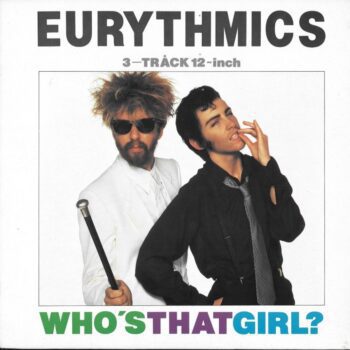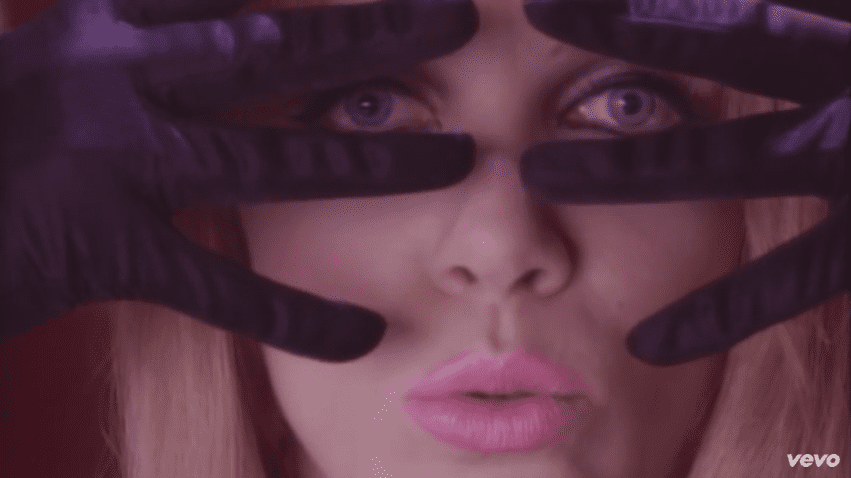
Ninth grade: All hope abandon, ye who enter here.
We were reading Dante’s “Inferno” in English class one afternoon when I got called down to the nurse’s office. My friend, Thao, shot me a perplexed look from across the classroom, her brow raised inquisitively beneath strands of her heavy, dark hair that hung like blackout drapes down both sides of her face. I shrugged back at her and left the classroom.
On my way to the nurse, I stopped in the bathroom to have a look at myself—to see how my size-large tie-dyed Haight-Ashbury t-shirt was hanging on my frame. Did I look comfortable in my billowy clothes? Or did I look like I was trying really hard to hide my body? If I turned to the side, I could see how well my crudely fashioned “bra” made of medical gauze was working. If my breasts were gone, then it was doing its job. If, however, they were still there, then some readjusting needed to happen posthaste.
I’d hated my breasts since middle school and now they had taken on the persona of two common enemies—ones that had to be diminished since they could not be altogether destroyed. Like Dante’s Virgil, my breasts guided me through the various circles of teenage Hell—always out in front, leading the way. But unlike Dante’s Virgil, they offered no words of benevolent wisdom or encouragement. They were just there, and sometimes they drew unwanted attention. They also didn’t fit into the new aesthetic vision I had of myself—one I’d cultivated in hopes of convincing others that I was just some grunged-out chick wearing giant men’s shirts, flannels, and baggy pants in an effort to intentionally shirk the conventional cultural ideals of young beauty when, in reality, I couldn’t stand the sight of my own body, especially in feminine clothes. And especially when my breasts were showing.
So I strapped them down every morning beneath six-feet of medical gauze. I’d secure the gauze in place with a handful of safety pins that often came unlatched throughout the day, poking into either the skin above my ribcage or beneath my upper arm, causing me to emit pained little yelps at random. The binding became a distressing but necessary part of my daily life—one that garnered a sense of calm, albeit fleeting, whenever I looked in the mirror and saw my chest was flat. Which was how I found them in the girl’s restroom en route to the nurse’s office—properly smashed against my torso, just as they should be.
*
I’d been binding for a few months when I first saw The Eurythmics’s music video for “Who’s That Girl?” one afternoon at Thao’s house. The serendipity of the situation—that my love for Annie Lennox was already fully-developed by this point, yet I was just now seeing her dressed in drag for the first time, combined with the fact that the video was eleven years old and really had no business being on MTV anymore—was not lost on me.
It was divine intervention. Obviously.
There she was: Annie Lennox in all her masculine, feminine glory. At the beginning of the “Who’s That Girl” video, we see her dressed in a blonde 1960’s-style flip wig, singing into a skinny microphone. Between cuts of a frazzled, hyper-hairsprayed Dave Stewart gallivanting on a red carpet with various women, she laments: “Who’s that girl? Tell me, who’s that girl running around with you?”
Halfway through the song, Man Annie appears. He’s sitting at a corner table in the bar, watching Blonde Annie sing. Man Annie has slicked back hair and a leather motorcycle jacket a la James Dean. He is wearing a dark button-up shirt and a grey tie and his five-o’clock shadow is as impeccably imperfect as a starry night sky. At the end of the video, he and Blonde Annie lock lips.
I was ecstatic.
“That’s so cool!” I exclaimed, pointing at the television. Thao, who was sitting on the couch balancing a slice of pizza on one propped-up knee while gnawing loudly on another slice, nodded. She said she thought it was cool too.
I quietly scoffed. You have no idea, I thought.
Like me, Thao wore mostly men’s clothes—baggy pants, large t-shirts, basketball shorts. But unlike me, Thao actually had the body of a boy, which made me jealous. She looked comfortable in her big clothes. Lithe. Carefree. Her flat chest allowed her to move about in ways that I couldn’t. Even with my breasts bound, you’d never catch me arching my back or attempting to jog. Before soccer practice every afternoon, I ran home to switch from my “gauze bra” into a double layer of sports bras—one worn as it was meant to be worn, the other worn backward to supplement compression. I worried constantly about getting into a car or school bus crash and having my secret not just discovered but outed. Thao didn’t even know I bound my breasts. But she probably wondered why I was constantly staring at hers.
*
The nurse’s office was tucked in a dark corner of the school’s basement. It was not welcoming and I believed the effect was intentional (Abandon all hope, ye who enter here). But the nurse, unlike her surroundings, was spritely and jovial. She was maybe in her late fifties or early sixties. Always smiling, which made me suspicious. I walked up to her desk and asked why I’d been called down.
“Ah, yes,” she said. “Abby Higgs. I just need to do a quick checkup on you.”
I scratched my head. “For what?”
“Oh, no worries, honey. It says you missed the annual athlete check-up held the other night. I just need your vitals and to have a look at you so you can keep playing sports!”
Right then I abandoned all hope. She needed my vitals, which meant she’d need me to lift up my shirt to listen to my heart, which meant she’d see the gauze, which meant my secret would soon be discovered. I panicked. “I can’t lift up my shirt,” I blurted. “Because of an injury.”
I paused for a moment, which added undue suspense to my sudden state of demurral. “Because I got stabbed.”
The nurse’s mouth dropped open.
 I clamored to de-escalate the shock of my lie. “It’s no big deal,” I said. “I’m fine. I just… have a bandage on is all. Like, a big one. Across my whole chest.” I made a circular wrapping motion in the air with my finger.
I clamored to de-escalate the shock of my lie. “It’s no big deal,” I said. “I’m fine. I just… have a bandage on is all. Like, a big one. Across my whole chest.” I made a circular wrapping motion in the air with my finger.
The nurse’s expression changed. She cocked her head to the side and pouted—a look I found, momentarily, alluring. Because it reminded me, of all people, of Annie Lennox, whose pronounced pout I found just as sexy as her deep contralto voice, especially in videos where dark red lipstick was involved.
But this was not Annie Lennox; this was the school nurse. Now I was uncomfortable and confused.
The nurse must’ve noticed my unease. “Tell ya’ what,” she said. “I won’t lift up your shirt. I won’t even bother with your bandage. I’ll just listen to your heart with the stethoscope over top your clothes. Sound good?”
I nodded and said that it was. A little hope was regained.




